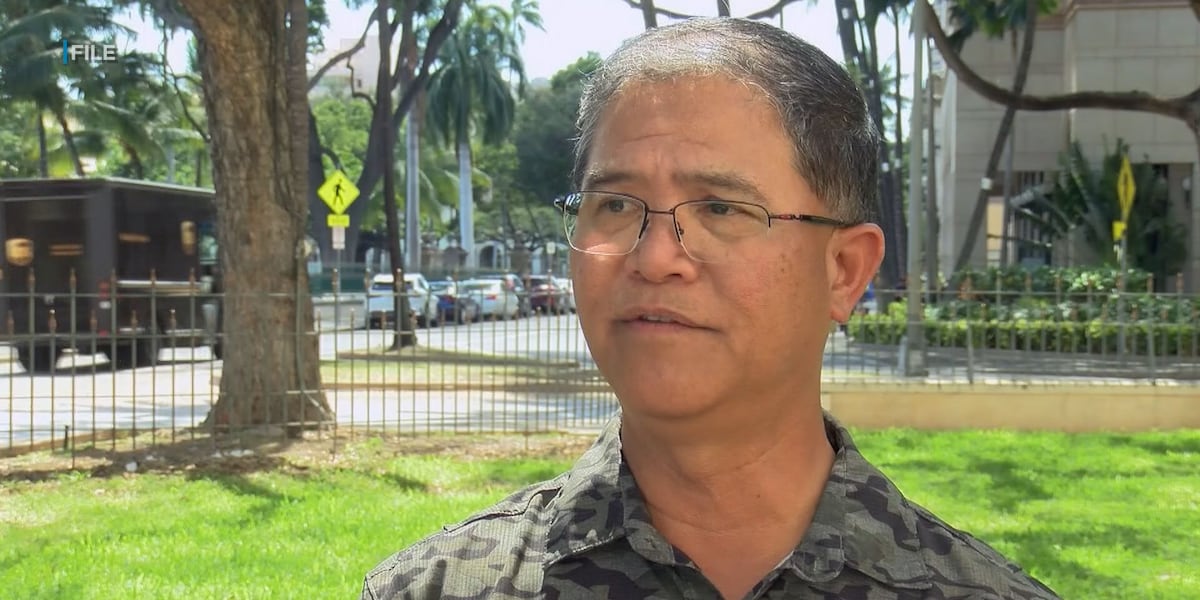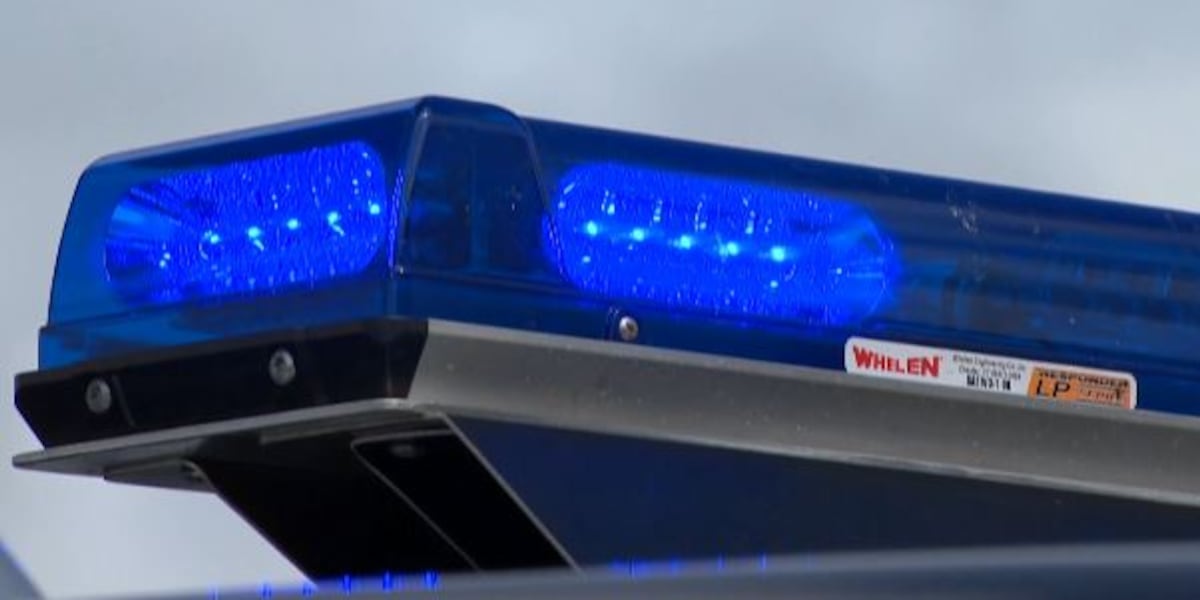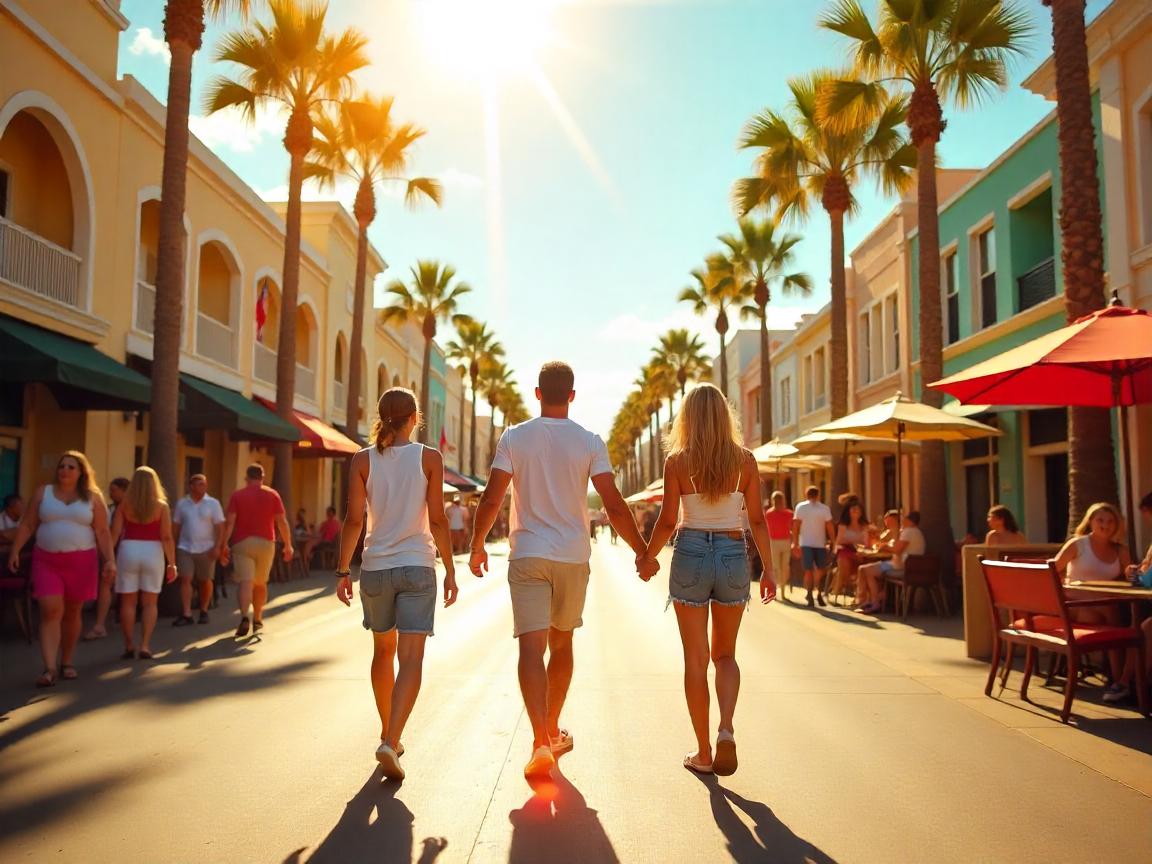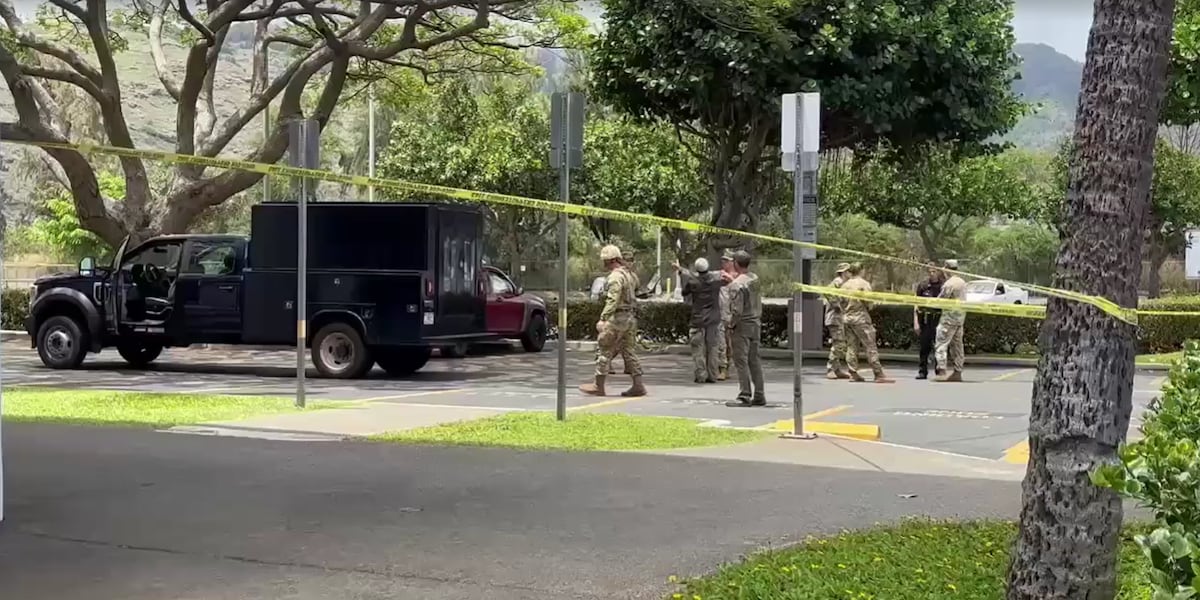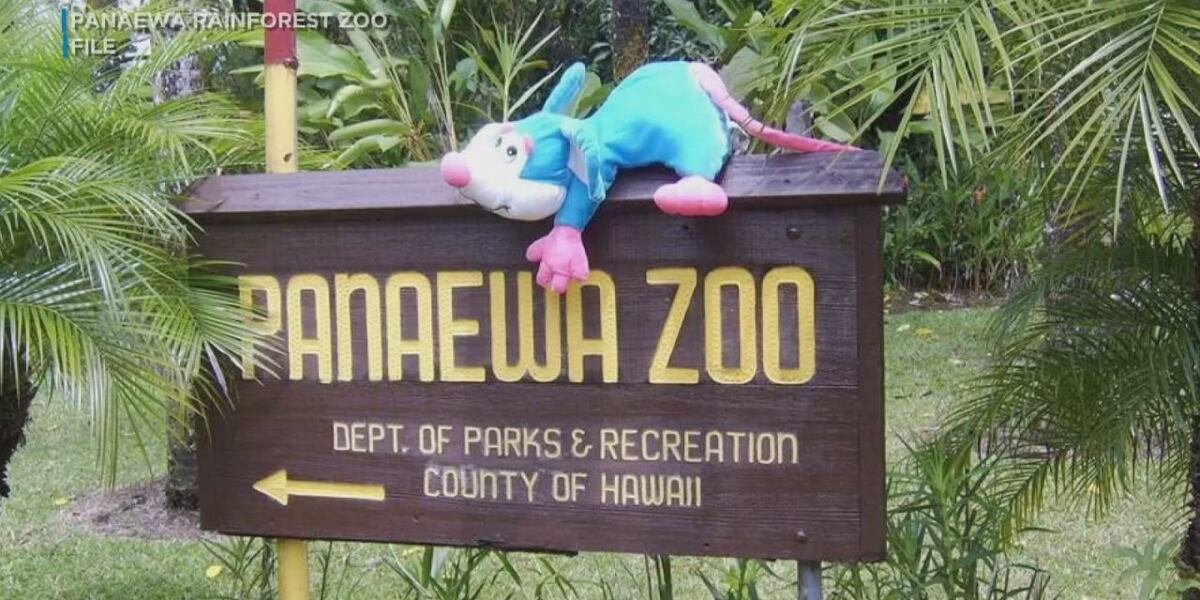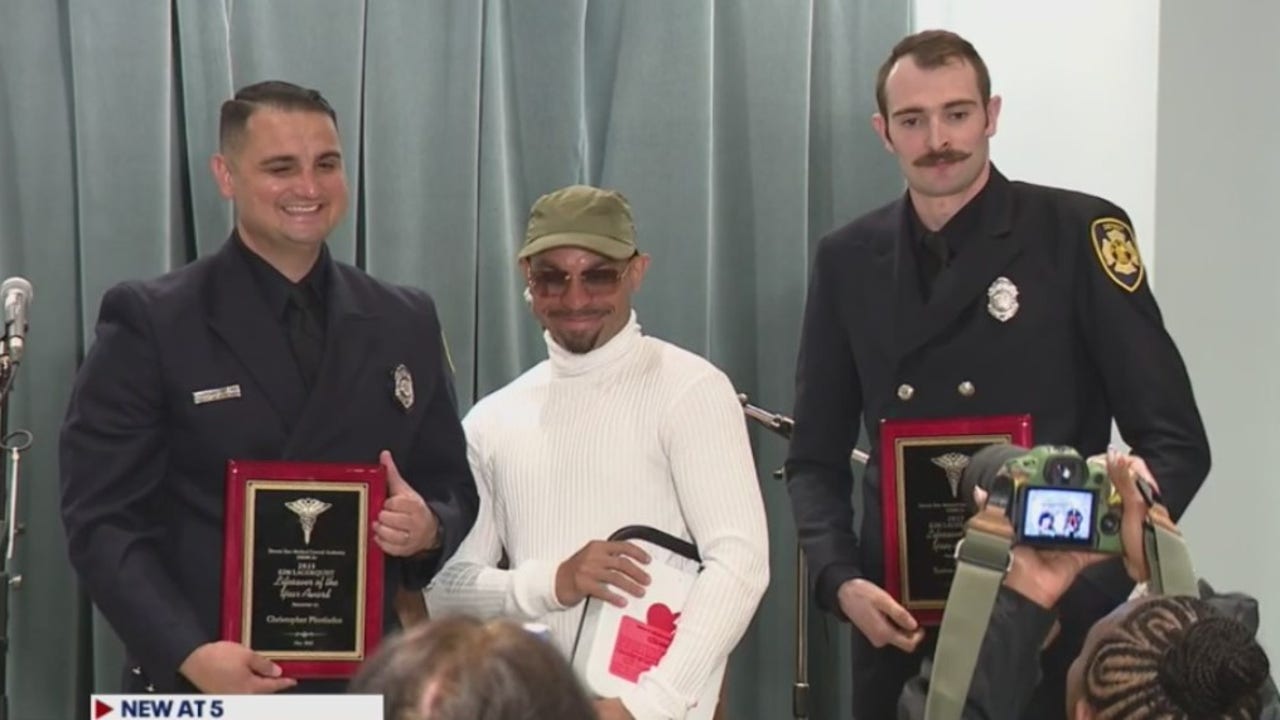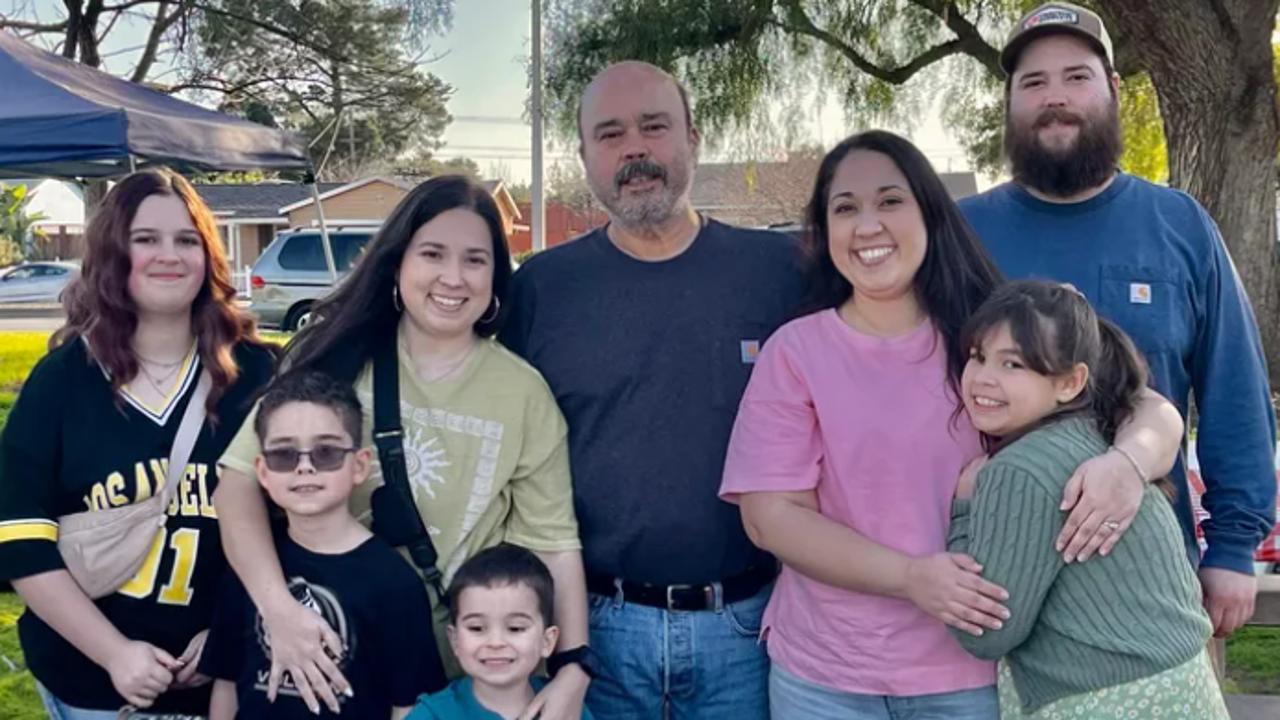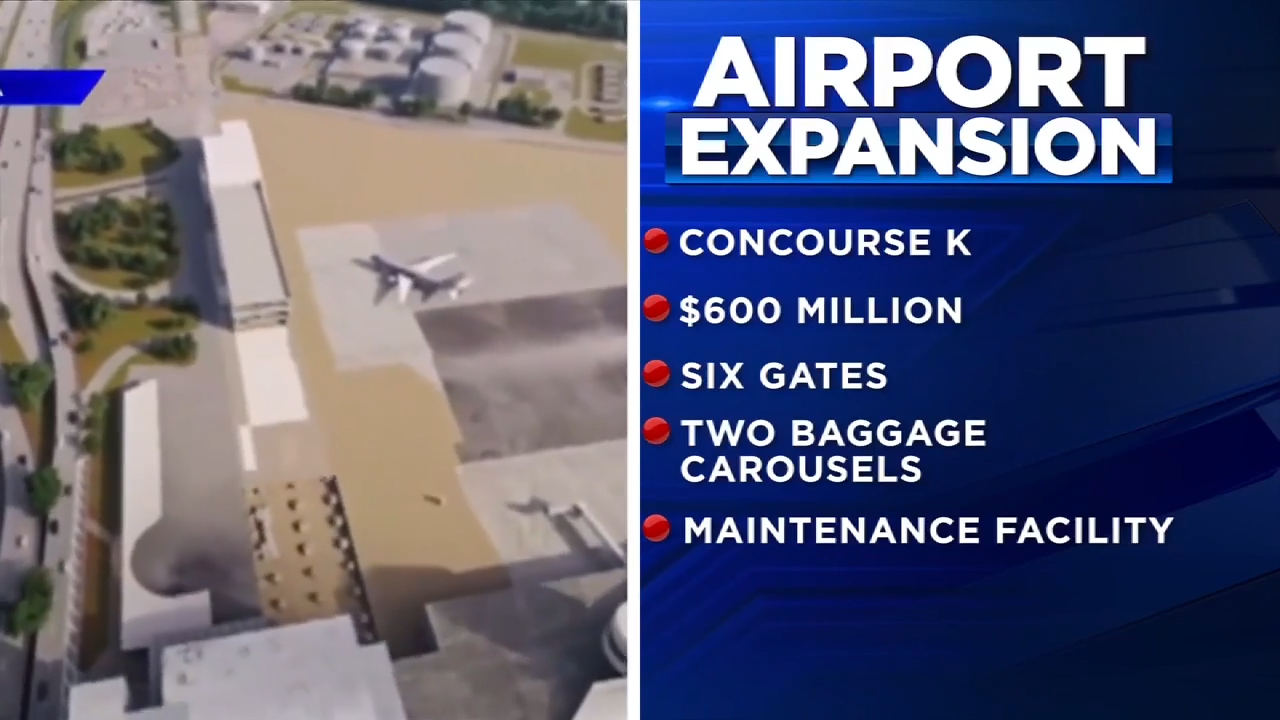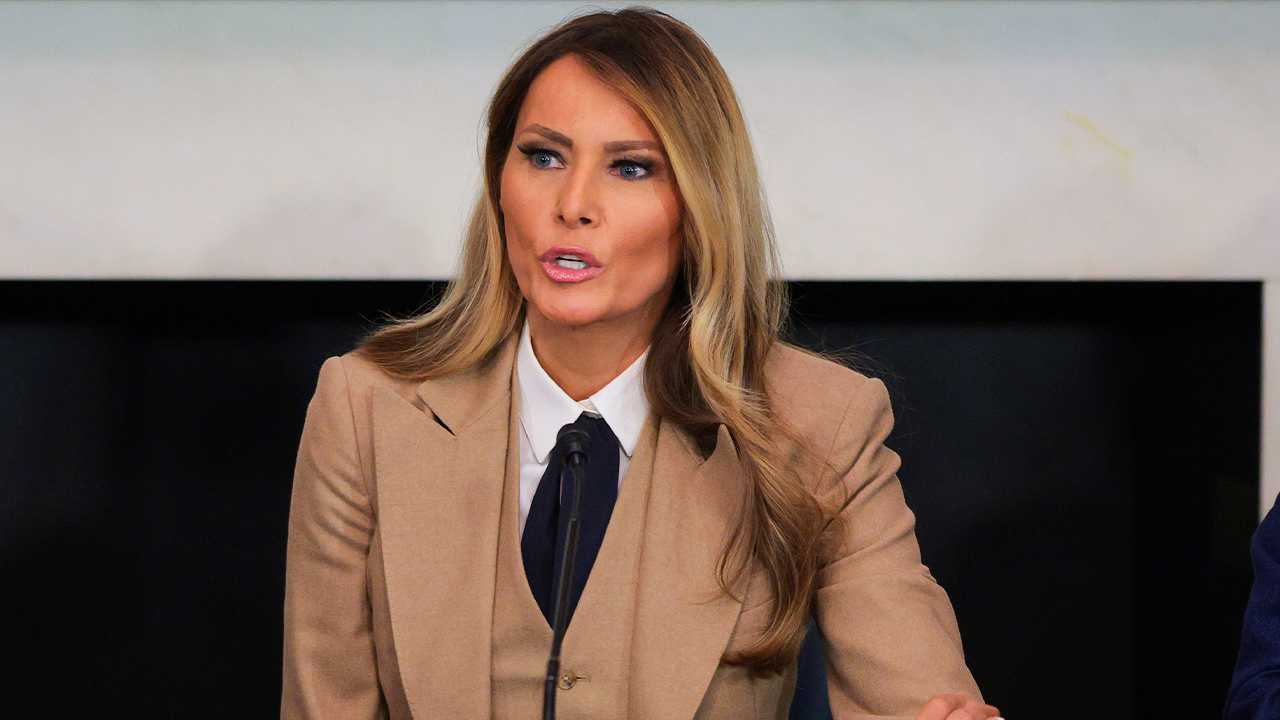Dozens of people gathered under gray skies and intermittent rain Friday morning at Mauliola — also known as Sand Island — for a public blessing and send-off ceremony as the Polynesian Voyaging Society prepares to relaunch the Moananuiakea Voyage, a four-year, 43,000-nautical-mile journey across the Pacific Ocean.
The event took place at the Marine Education Training Center, where the public was invited to offer farewells to the voyaging canoes Hokule‘a and Hikianalia before they depart Hawaii for the next leg of their global sail.
Departure is currently scheduled for early Sunday morning, though the timeline remains weather-dependent. The canoes will first stop in Hilo for community engagement and final preparations. Weather permitting, the crew plans to depart Hilo for French Polynesia on May 29 or 30.
Among those present for Friday’s ceremony were about 20 preschoolers from Kulaniakea’s School of Nature and Hawaiian Immersion, accompanied by four teachers. The students — ranging in age from 19 months to 6 years — opened the event with an oli, or chant, for Hokule‘a, protocol and inviting others to offer hookupu, or gifts, to the crew and canoes.
Kulaniakea teacher Kaula Tauotaha said the school centers Hawaiian language, culture and values in its curriculum. Students are taught primarily in ‘olelo Hawaii and learn traditional practices both indoors and outdoors — including aboard a double-hulled sailing canoe that serves as a classroom.
“Now we have two double-hull sailing canoes that they practice sailing on,” Tauotaha said.
Lessons in Hawaiian navigation are also integrated into the indoor classroom. Many of the students had previously welcomed Hokule‘a home from a prior voyage between California and Alaska — an experience that strengthened their connection to the canoe.
“They had only seen pictures of Hokule‘a,” Tauotaha said. “They practiced protocol so they were ready to receive her, but it was the first time they actually got to see her in person and the scale of how big she really is.”
Now, with more time and experience, that connection has deepened.
“They’re a lot older now,” she said Friday. “They’ve developed a different relationship with Hokule‘a … There’s so much excitement and pride. The students are confident and they’re very prepared for today.”
Tauotaha said watching the ceremony was especially meaningful, knowing how much has changed across generations.
“We’re very proud of them,” she said. “It’s one of those things — a couple of generations ago, it wasn’t something that you could see or wasn’t allowed.”
She added that the students not only carry the kuleana of speaking ‘olelo Hawaii and practicing culture within their families, but also help inspire others.
“They have this power to inspire others, which they’ve done in many ways.”
Since returning to Hawaii at the start of 2024, PVS crew members have used the pause in the voyage to deepen their training and community outreach. Over the past six months, they completed a statewide sail, visiting 25 ports and reaching more than 12,000 students across the islands. They also voyaged to Lahaina several times, participated in the 13th Festival of Pacific Arts and Culture and celebrated Hokule‘a’s 50th birthday in March.
Crew member Jonah Apo said the time at home was far from idle. It allowed for more intensive preparation and meaningful engagement with communities and keiki before continuing the journey.
The Moananuiakea Voyage, which began in Juneau, Alaska, in June 2023, was paused in December after Hokule‘a returned from San Diego due to hazardous El Nino conditions and the impacts of the Aug. 8, 2023, Maui wildfires.
Apo said the voyage is about much more than sailing — it’s about building connections across the Pacific and amplifying shared values.
“A lot of it is just spreading … the importance of the oceans, especially the Pacific Ocean, the one that we call home,” Apo said. “It’s that massive ocean that really doesn’t separate us, but connects us.”
The four-year journey is expected to include about 400 rotating crew members, sailing in groups of 10 to 12 per leg. Participants span a range of ages and backgrounds from Hawaii and across the Pacific.
“Being a part of that overall voyaging family is really fun,” Apo said.
He emphasized the need to educate the next generation about voyaging traditions — which, until recently, were not commonly taught in schools.
“It’s important for even every student, no matter how young they are, to learn about voyaging and understand its importance in our culture,” he said. “Being able to carry on this tradition that’s not only something of the past, but also something that we’ve been continuing” is part of the long-term vision, he added.
Reflecting on his earlier journey to Alaska during the first leg of the Moananuiakea Voyage, Apo said reconnecting with northern Indigenous communities highlighted the deep relationships Hokule‘a has forged over decades.
“These are all connections that were made because of the canoe, and connections that are older than I am,” he said. Sailing alongside glaciers and through snow-capped mountain landscapes, he added, was “something pretty surreal.”
Navigator Lehua Kamalu said she plans to join the leg of the voyage from Hilo to Tahiti, currently expected to depart in late May or early June, pending conditions.
Kamalu called the Moananuiakea Voyage one of the most ambitious since Hokule‘a’s Worldwide Voyage, which ran from 2013 to 2017. That journey began with a sail throughout the Hawaiian archipelago before the canoe circumnavigated the globe, returning home in June 2017.
She noted that the voyage offers a major opportunity for young leaders like Apo to gain real experience and take on more responsibility.
“This is really their opportunity to actually get some experience and training out on these deep voyages,” Kamalu said, adding that many seasoned voyagers who began 15 to 25 years ago are now mentoring the next generation.
With Hokule‘a marking its 50th anniversary, Kamalu said the focus is increasingly on the future.
“There’s never a bad time to be out,” she said. “The work is continuous.”
She said the guiding principle of Moananuiakea — “this is all one ocean and one large community” — remains at the heart of the effort. Strengthening ties between Hawaii and other Pacific communities is as vital as the voyage itself.
“There are things that happen on the water. There is community organizing on land,” Kamalu said. “What’s really valuable is that they all see one another, meet one another, and start to build relationships with these communities that will continue to support this network of voyaging and islands into the next 50 years.”
Following the planned arrival in French Polynesia, the canoes will spend four weeks visiting the sacred marae of Taputapuatea and other locations including Papeete, Mataiea, Moorea and Tautira. The voyage will then continue on to the Cook Islands, Samoa, Tonga and Aotearoa (New Zealand) later this year.
Future legs in 2026 and 2027 are expected to include Melanesia, Micronesia, Palau and parts of Asia such as the Philippines; Taiwan; Okinawa, Japan; South Korea and China. In 2028, the canoes will sail to Mexico, Central and South America and Rapa Nui before returning to Tahiti and ultimately home to Hawaii.
Altogether, the Moananuiakea Voyage will visit 36 countries and archipelagos, nearly 100 Indigenous territories and more than 345 ports. It represents a continuation of traditional navigation and a renewed commitment to shared stewardship of the Pacific Ocean.

/cloudfront-us-east-1.images.arcpublishing.com/gray/JJ5MDAB3DNGD7JWPMT6YHH7JI4.JPG)
/cloudfront-us-east-1.images.arcpublishing.com/gray/ST4A2YLS5NHF5HBR5CRYP2LEZU.JPG)
